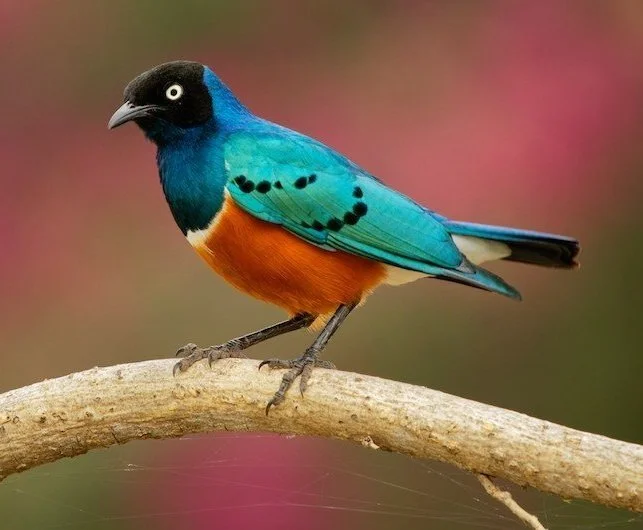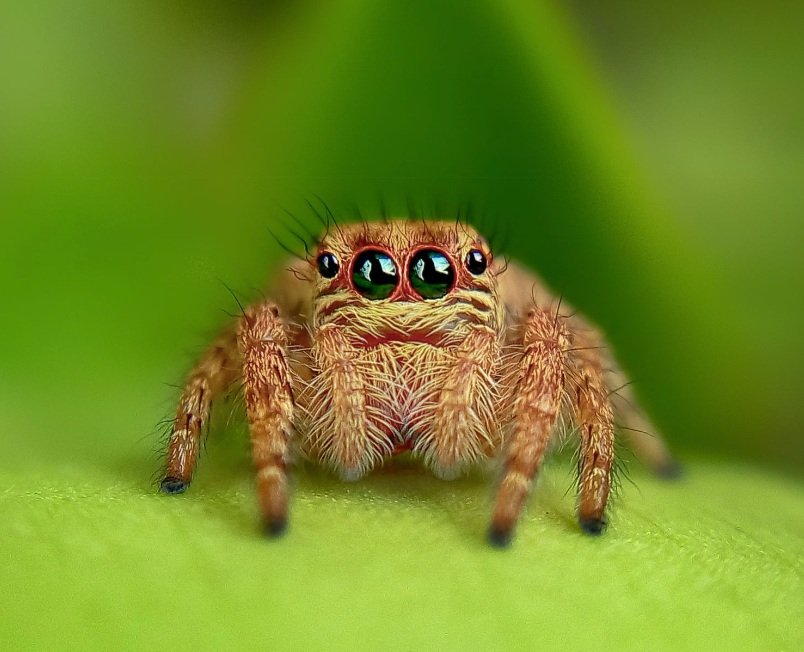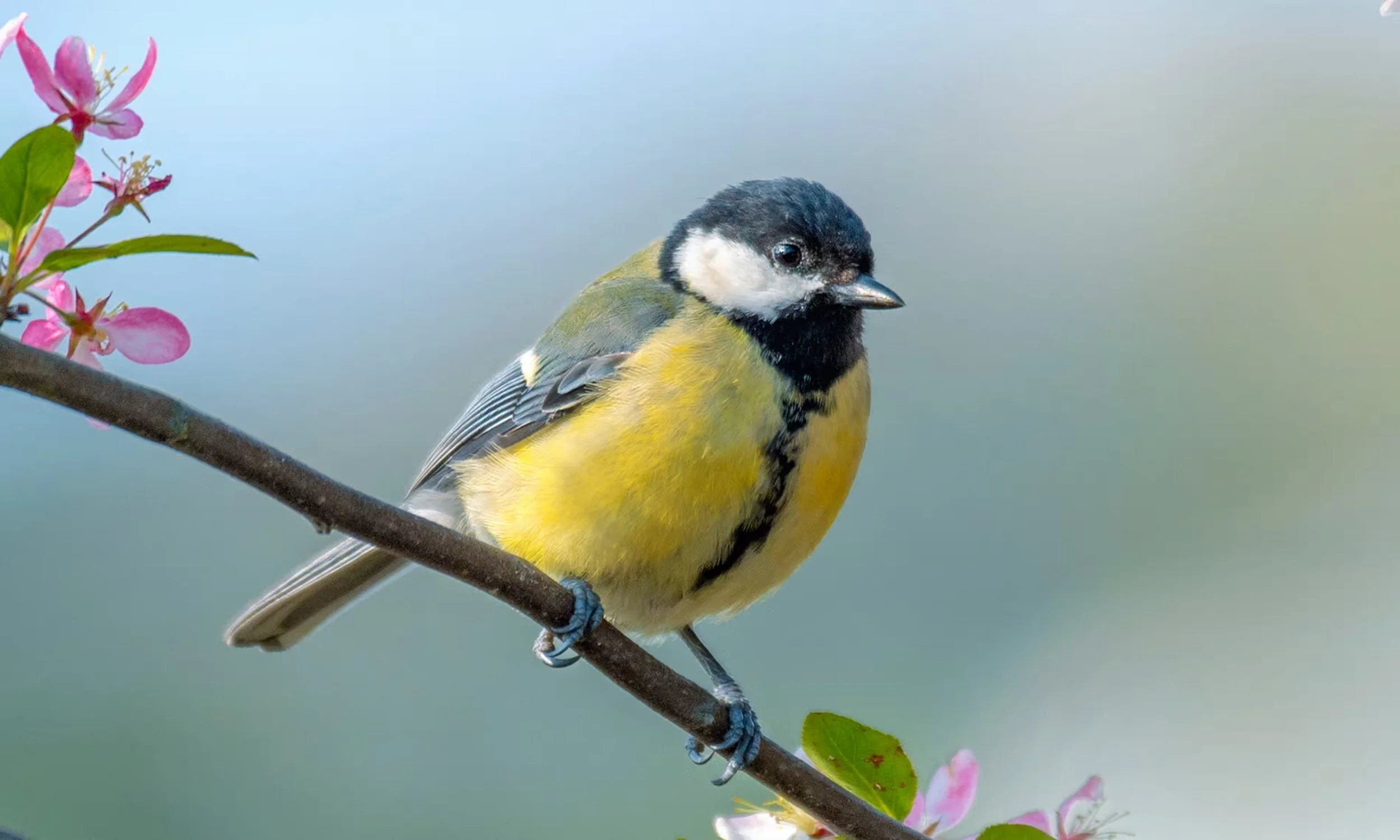Research
-
![]()
Cooperation and recognition in African starlings
-
![]()
Unsupervised repertoire discovery
-
![]()
Interspecific social learning
-
![]()
Jumping spider communication
-
![]()
Subterranean soundscapes
-
![]()
Mapping the dawn chorus
-
![]()
Ecosystem resilience in the Fukushima exclusion zone






